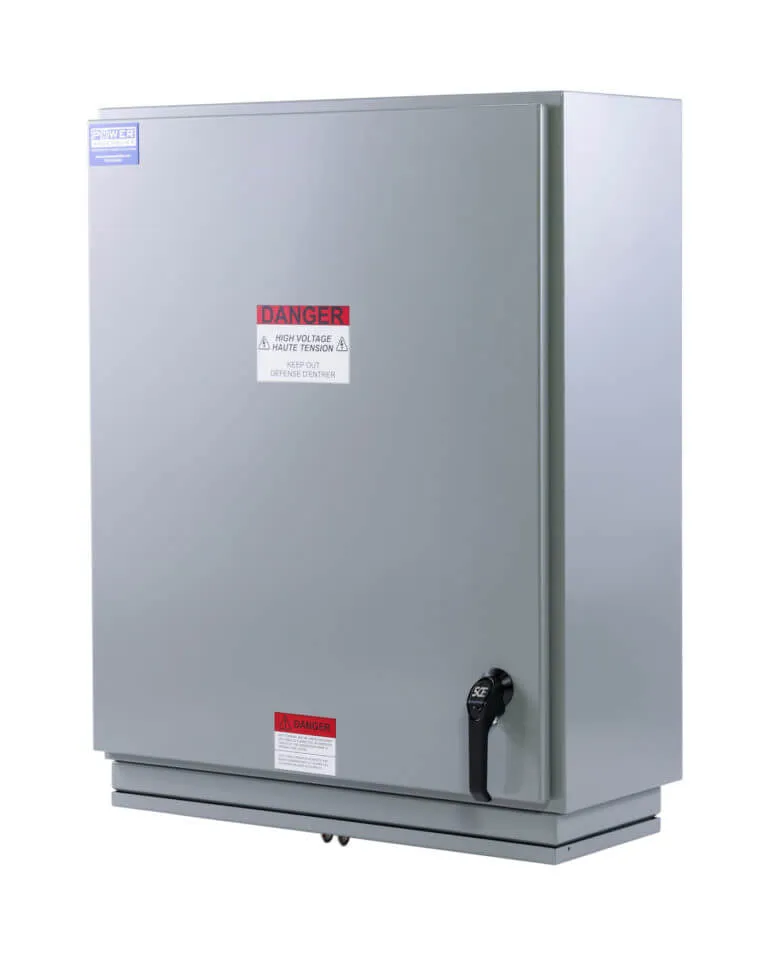Yes, here is the section:
(1) System Bonding Jumper.
An unspliced system bonding jumper shall comply with
250.28(A) through (D). This connection shall be made at any single point on the separately derived system from the source to the first system disconnecting means or overcurrent device, or it shall be made at the source of a separately derived system that has no disconnecting means or overcurrent devices, in accordance with
250.30(A)(1)(a) or (A)(1)(b). The system bonding jumper shall remain within the enclosure where it originates. If the source is located outside the building or structure supplied, a system bonding jumper shall be installed at the grounding electrode connection in compliance with
250.30(C).
Exception No. 1:
For systems installed in accordance with
450.6, a single system bonding jumper connection to the tie point of the grounded circuit conductors from each power source shall be permitted.
Exception No. 2:
If a building or structure is supplied by a feeder from an outdoor separately derived system, a system bonding jumper at both the source and the first disconnecting means shall be permitted if doing so does not establish a parallel path for the grounded conductor. If a grounded conductor is used in this manner, it shall not be smaller than the size specified for the system bonding jumper but shall not be required to be larger than the ungrounded conductor(s). For the purposes of this exception, connection through the earth shall not be considered as providing a parallel path.
Exception No. 3:
The size of the system bonding jumper for a system that supplies a Class 1, Class 2, or Class 3 circuit, and is derived from a transformer rated not more than 1000 volt-amperes, shall not be smaller than the derived ungrounded conductors and shall not be smaller than 14 AWG copper or 12 AWG aluminum.
- (a)
Installed at the Source. The system bonding jumper shall connect the grounded conductor to the supply-side bonding jumper and the normally non-current-carrying metal enclosure.
- (b)
Installed at the First Disconnecting Means. The system bonding jumper shall connect the grounded conductor to the supply-side bonding jumper, the disconnecting means enclosure, and the equipment grounding conductor(s).
Exception:
Separately derived systems consisting of multiple sources of the same type that are connected in parallel shall be permitted to have the system bonding jumper installed at the paralleling switchgear, switchboard, or other paralleling connection point instead of at the disconnecting means located at each separate source.


